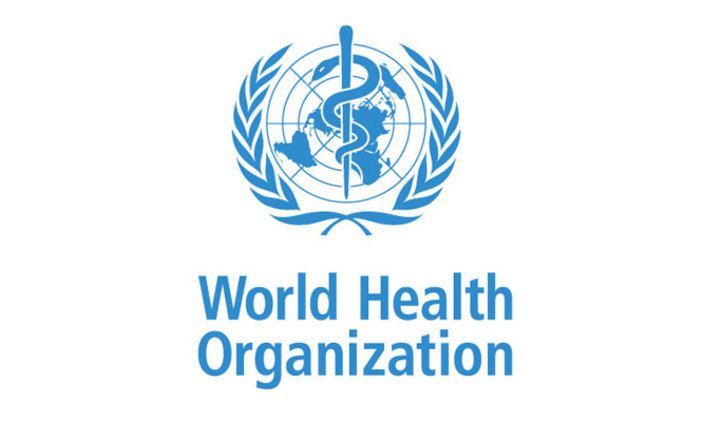
The WHO believes public health officials and laboratories should be prepared to identify a novel, antimicrobial resistant pathogen, hypervirulent Klebsiella pneumoniae sequence type 23 (hvKp ST23).1
“The presence of hvKp ST23 was reported in at least one country in all six WHO Regions. The emergence of these isolates with resistance to last-line antibiotics like carbapenems necessitates the administration of alternative antimicrobial treatment, which may not be available in many contexts,” WHO wrote on its site.1
Earlier this year, with the increased identification of hypervirulent Klebsiella pneumoniae (hvKp) sequence type (ST) 23 isolates across the globe, The World Health Organization’s Global Antimicrobial Resistance and Use Surveillance System (GLASS-EAR) wanted more information to understand the current global situation of this isolate with resistant genes to the carbapenem antibiotics.2
GLASS-EAR is utilized to detect, assess risk, and warn early potential antimicrobial resistance (AMR). 2
“GLASS-EAR was developed at the request of Member States to support the detection, early warning and risk assessment capacities of national AMR surveillance programs,” the WHO writes on its site. “GLASS-EAR provides a tool embedded in the GLASS IT platform where experts can share information regarding EAR events (as defined in the EAR framework) to assess their importance, facilitate early information sharing, and stimulate epidemiological and microbiological discussion for coordinated actions.”2
For its request for more information about the resistant pathogen, 43 countries, territories, and areas across the 6 WHO Regions provided responses. Of these a total of 16 countries and territories including Algeria, Argentina, Australia, Canada, Cambodia, Hong Kong Special Administrative Region (China), India, Iran, Japan, Oman, Papua New Guinea, Philippines, Switzerland, Thailand, the United Kingdom, and the United States reported the presence of hvKp. Twelve of them reported specifically the presence of the strain ST23-K1 (Algeria, Argentina, Australia, Canada, India, Iran, Japan, Oman, Philippines, Switzerland, Thailand and the United Kingdom). The information and knowledge on the mechanisms that enhance the ability of the bacteria to cause the disease are not determined.1
Public Health, Laboratory Considerations
At this point in time, WHO assessed the global risk as moderate due to “challenges with surveillance, lack of information on laboratory testing rates, ability to track and determine scale of community transmission, the gap in the available data on infections, hospitalization and from the overall burden of the disease.” 1
The organization offered guidance on being prepared.
What You Need to Know
The hypervirulent Klebsiella pneumoniae sequence type 23 (hvKp ST23) has been identified in at least one country across all six WHO regions.
The WHO emphasizes the need for enhanced surveillance systems to systematically collect microbiological and clinical data on hvKp infections.
The WHO urges countries to strengthen laboratory capacities to detect hvKp, including molecular testing for virulence and resistance genes.
The WHO recommended that, “member states progressively increase their laboratory diagnostic capacity to allow for the early and reliable identification of hvKp, as well as reinforcing laboratory capacities in molecular testing and detection and analyses of relevant virulence genes in addition to resistance genes. WHO will promote the strengthening of clinical and public health awareness for the detection of hvKp strains and will support the development of a consensus definition of hvKp as well as required detection and confirmation algorithms. WHO will continue to closely monitor reported cases and events.”1
According to the WHO, even the Region of the Americas, where they note there is consolidated AMR surveillance, which has made it possible to detect Klebsiella pneumoniae strains carrying carbapenem resistance genes,there is no systematic surveillance that allows the routine identification and collection of hvKp strains.1
The CDC provided testing guidance for Klebsiella pneumoniae Carbapenemase (KPC), which confers resistance to most β-lactam agents, including carbapenems.1
Previous Klebsiella pneumoniae Outbreak
Last year, there was a Klebsiella pneumoniae outbreak at a Seattle, Washington hospital. It caused at least 33 infections, and was associated with 9 deaths. Because all fatalities occurred in patients with complex conditions, it was unknown whether Klebsiella pneumoniae caused or contributed to these deaths.3
As there is a greater emphasis on the ability find such isolates and treat accordingly, the relationship between laboratory professionals and infectious disease clinicians will continue to be critical. Check out our new podcast, From Pathogen to Infectious Disease Diagnosis, which looks to understand potential clinical opportunities to bridge these two specialties together.